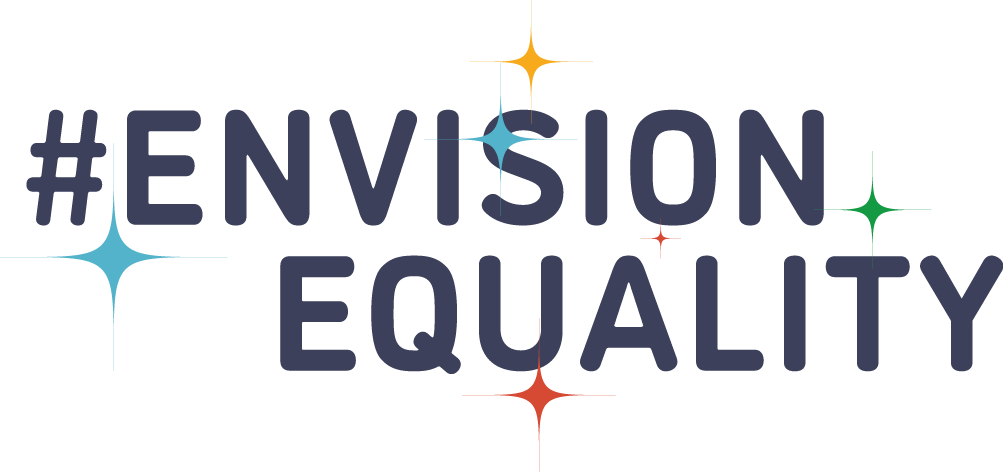
Kimberly Peeler-Allen
Visiting Practitioner of Center for American Women & Politics, Rutgers University; Board Chair of the ERA Coalition; Cofounder of Higher Heights
What would a gender equal world look like? How will we know when we’ve achieved it?
Some would aspire for a gender equal world to mean that noting someone’s gender in relation to their job, caregiving roles or other life choices would be as innocuous as noting someone’s eye color—something completely irrelevant to the task at hand. I, however, believe that in a gender equal world, gender would be irrelevant to career choices, caregiving roles and other life choices, but gender would also be centered in decision making processes, policy development, team makeup, elected representation and other aspects of society. The lived experiences of women need to be considered equally to the experiences of men to ensure that the balance actually shifts. It will require constant deliberate efforts to challenge the status quo, assess the equity in the policy or practice and a change in behavior when necessary.
We will know that we have achieved a gender equal world when we are just as likely to have a man or a woman in any role and there is an assumption of their complete competence at the task at hand regardless of their gender.
What do you think it will take to achieve? (Who needs to be a core part of the movement/solutions? What strategies should we be focusing on?)
To achieve a gender equal world, we have to have both legal and structural reform, as well as inform the general public not just of what is missing when we don’t have equality but what will be gained in society overall when equality is achieved. The voices calling for gender equality must be diverse in every way. Historically, the call for equality has been by women and thus it has been marginalized as a “women’s issue.” By making the case in as broad terms as possible it will be received by a broader audience. Education followed by action steps to create impact will move hearts and minds of the public and create an atmosphere at the local, state and federal level to support legislation that will structurally create and protect gender equality.
Given the current status of the world, what gives you hope and inspiration that we can achieve equality?
What gives me the most hope are all the women who are showing the impact they have on the world in all sectors despite the barriers that they have had to overcome. I am inspired by decision makers who recognize when women and other underrepresented groups are not at the table and do the work to make sure they are included. I am inspired by the younger generations who call out gender inequality not because they are making a political statement but because they see inequality as a lack of fairness and a disservice to the greater good. Progress is slow and the pace is not consistent, but it is there.
What do you see as the three biggest barriers to achieving equality?
The three biggest barriers to achieving equality are conscious and subconscious sexism, a collective scarcity mindset and a lack of enforcement of laws that will expand and protect equality. Until we are able to deliberately and consistently recognize and disrupt our personal, professional and cultural sexism, we will not be able to fully achieve equality. As the concept of equality continues to be socialized and normalized it must also address the pervasive mindset that to achieve equality some will have to give up resources, power or social standing because resources, power and social standing are finite resources. We must actively shift to an abundance mindset where we recognize that a rising tide raises all ships. Lastly, there are significant parts of the American legal structure that were created to preserve the concentration of power and wealth. Slowly, legal reform has worked to dismantle that concentration and reallocate or expand who has a seat at that table. There is a great deal of work to be done in this area; as we have seen, for every two steps forward there is a step backward in the courts.

